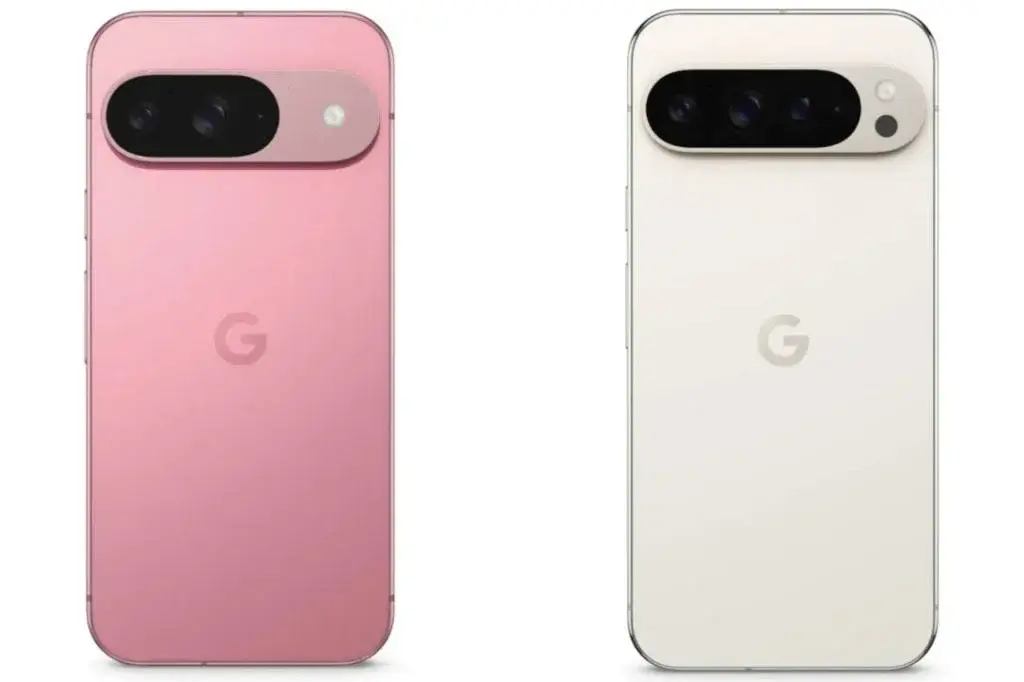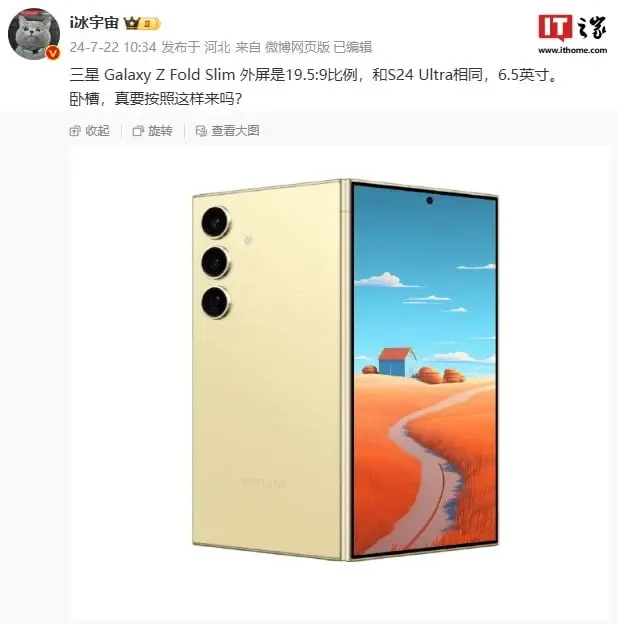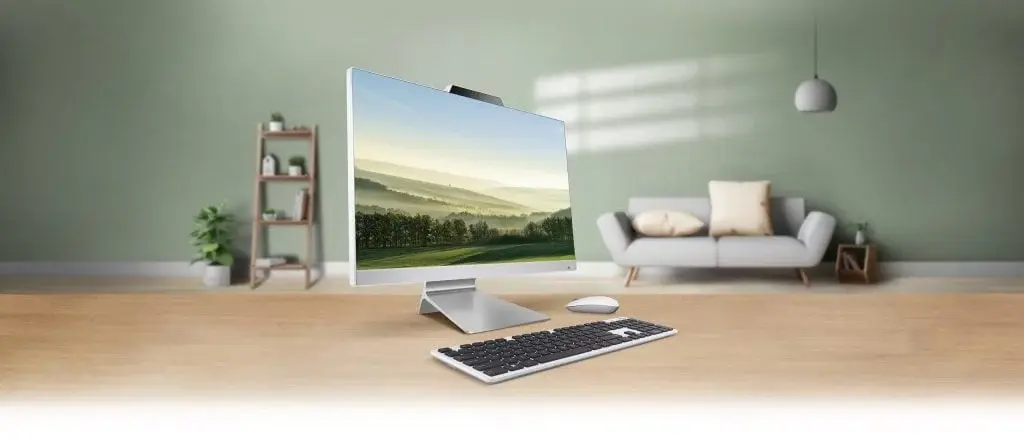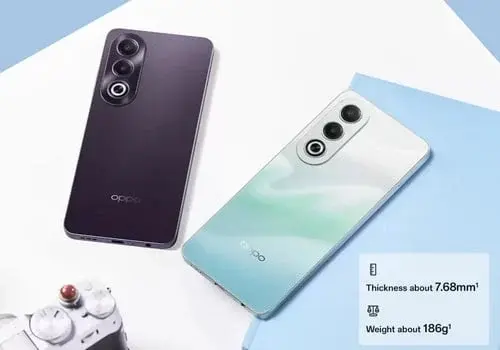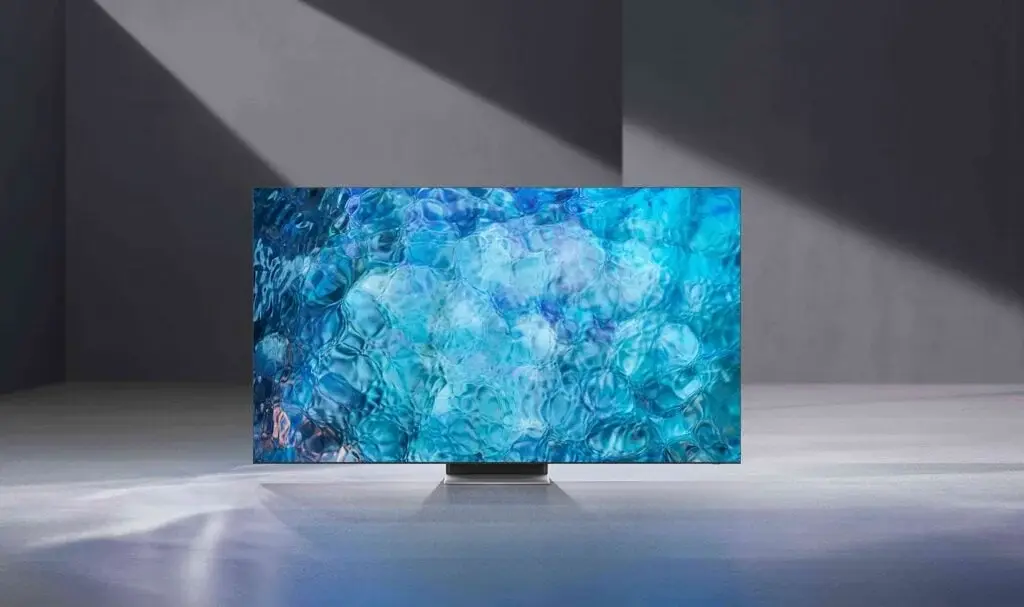Music enthusiasts in India, here’s some exciting news! Spotify is rolling out a special deal for first-time users to stream music without ads for 3 months at just Rs 59. This promotional offer is valid until August 25th, 2024, after which the standard rate of Rs 119 per month will be effective.
Benefits of Premium:
- Enjoy uninterrupted music.
- Download tracks for offline listening.
- Play any song on-demand.
- Experience superior audio quality.
- Engage in real-time listening sessions with friends using Group Sessions.
- Customize your listening with a flexible queue.
Eligibility for the Offer
This special discount is available exclusively for users who have not previously subscribed to Spotify Premium.
If you’re passionate about music and want to eliminate ads, this is a fantastic chance to test out Spotify Premium. Payments can be made effortlessly through BHIM UPI, BharatPe, Google Pay, or Paytm.
Other Subscription Options
Spotify offers multiple plans to cater to different needs:
- Family Plan (up to 6 members): Rs 179 for 2 months (then Rs 179/month)
- Duo Plan (2 members): Rs 149 for 2 months (then Rs 149/month)
- Student Plan: Rs 59 for 2 months (then Rs 59/month)







